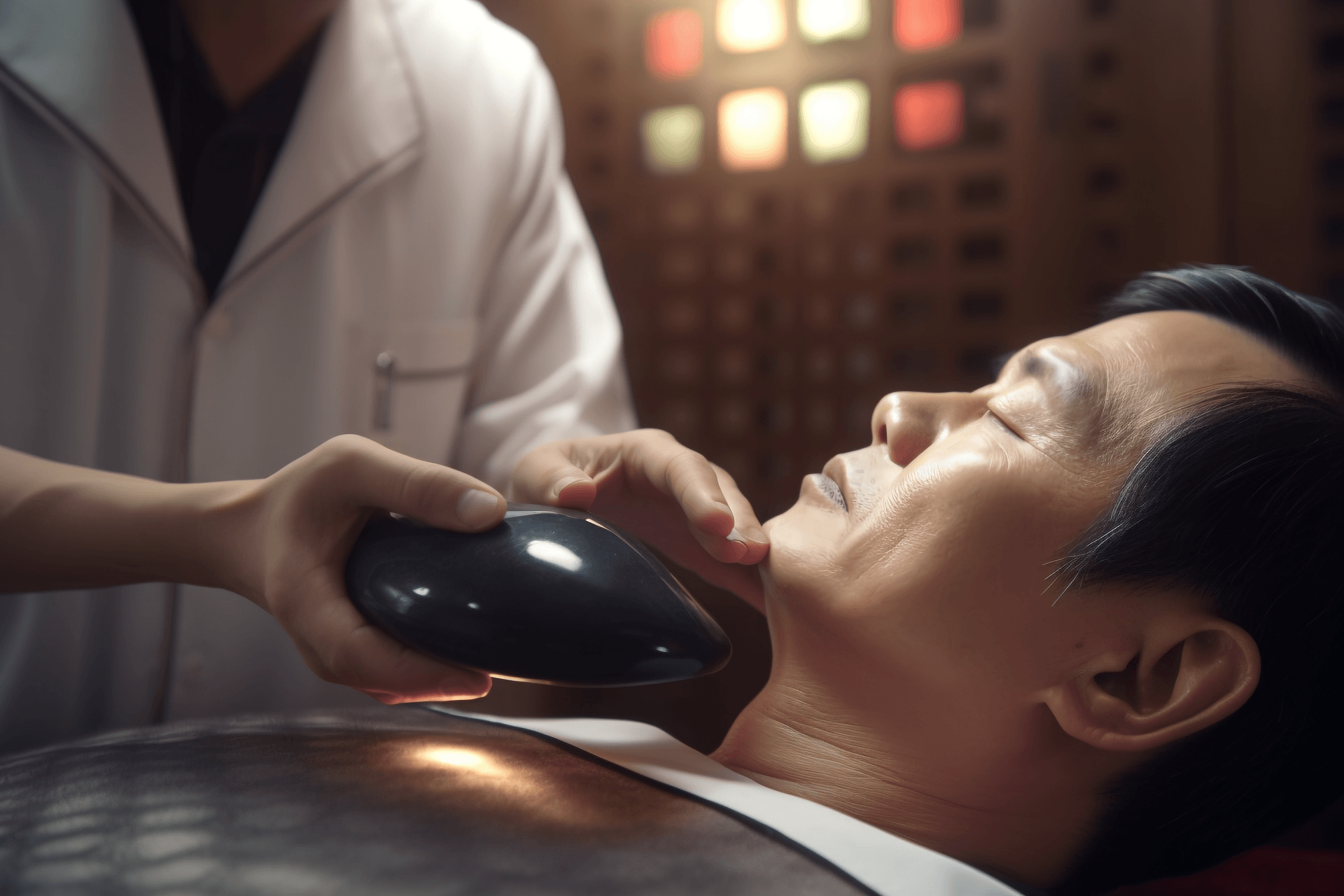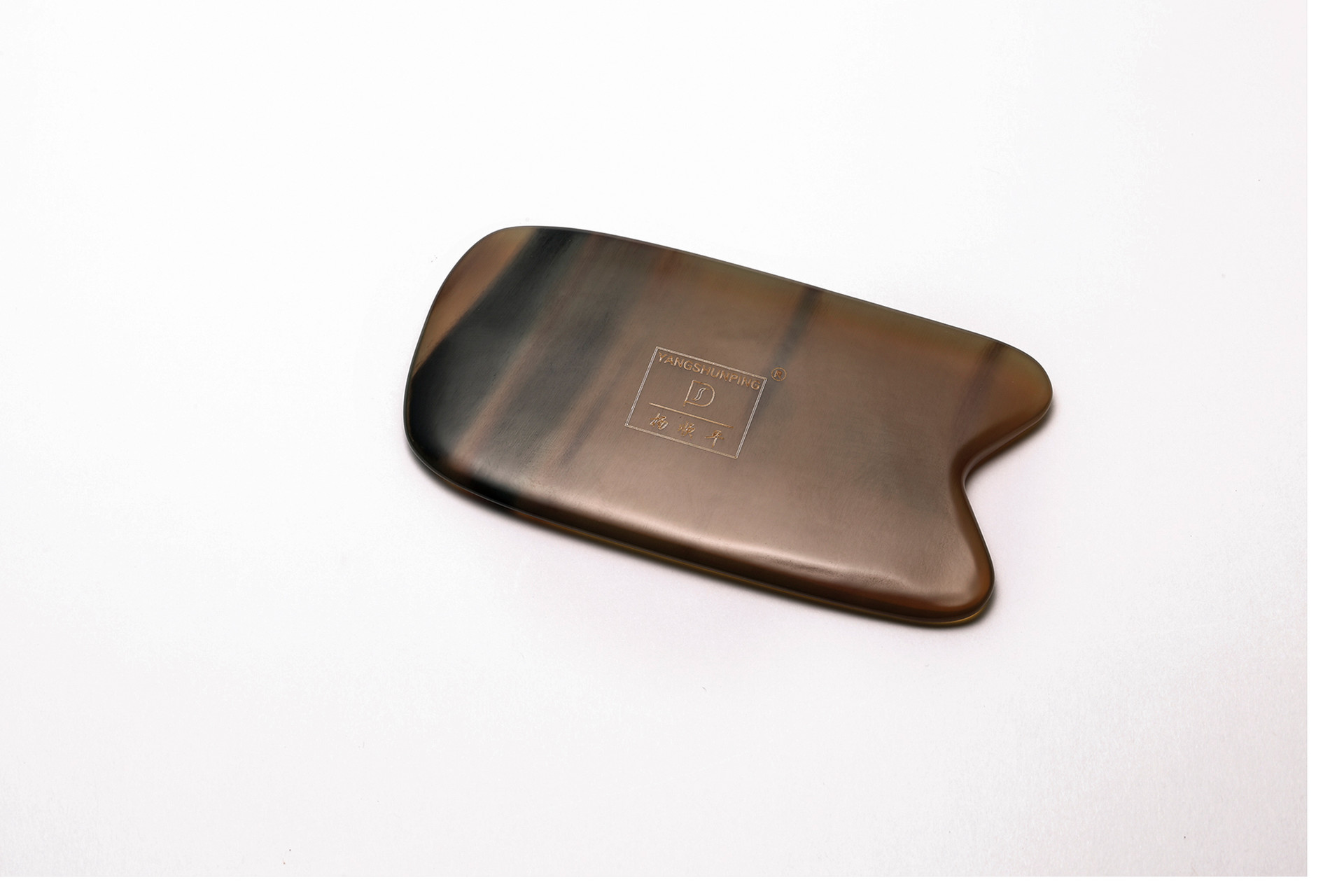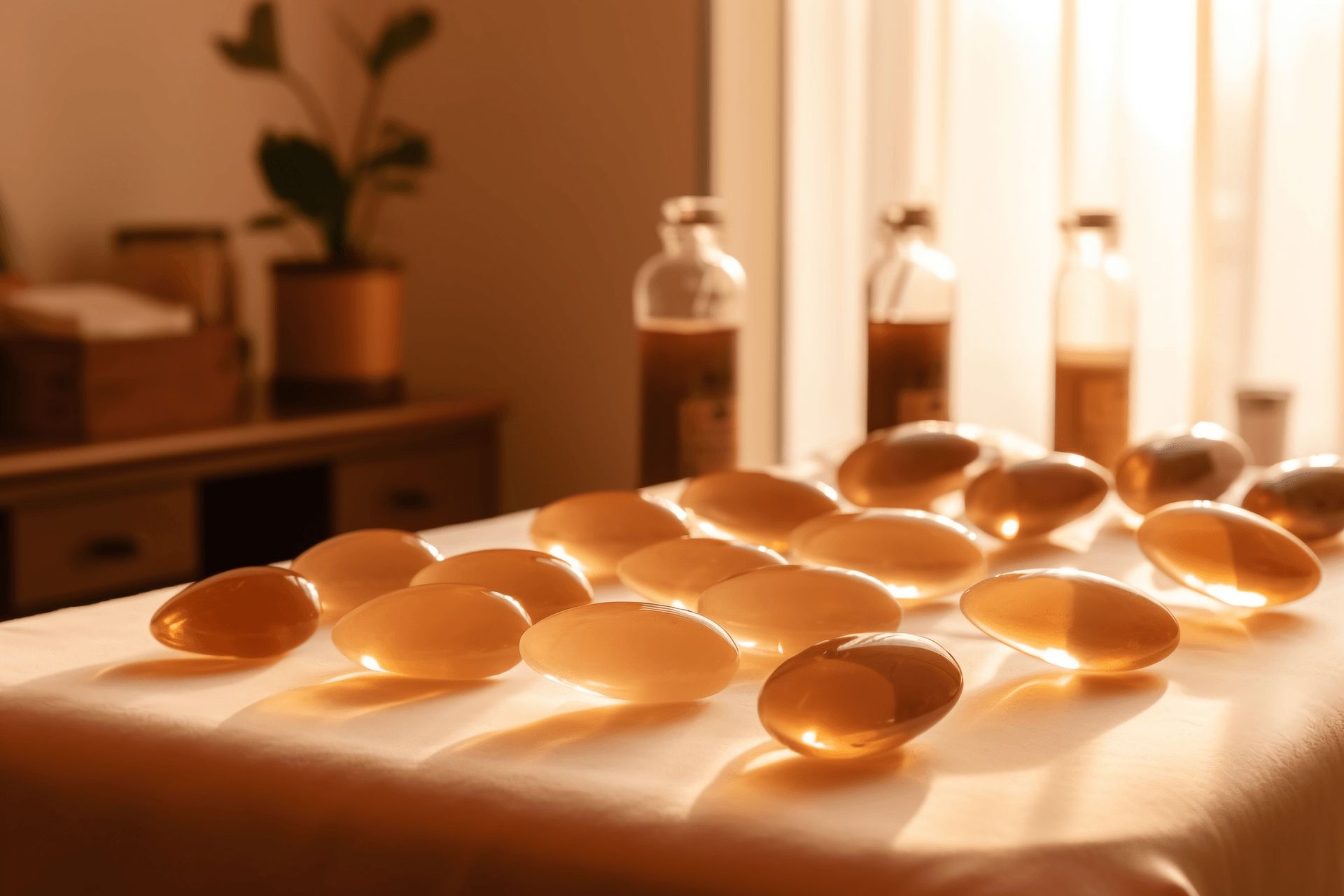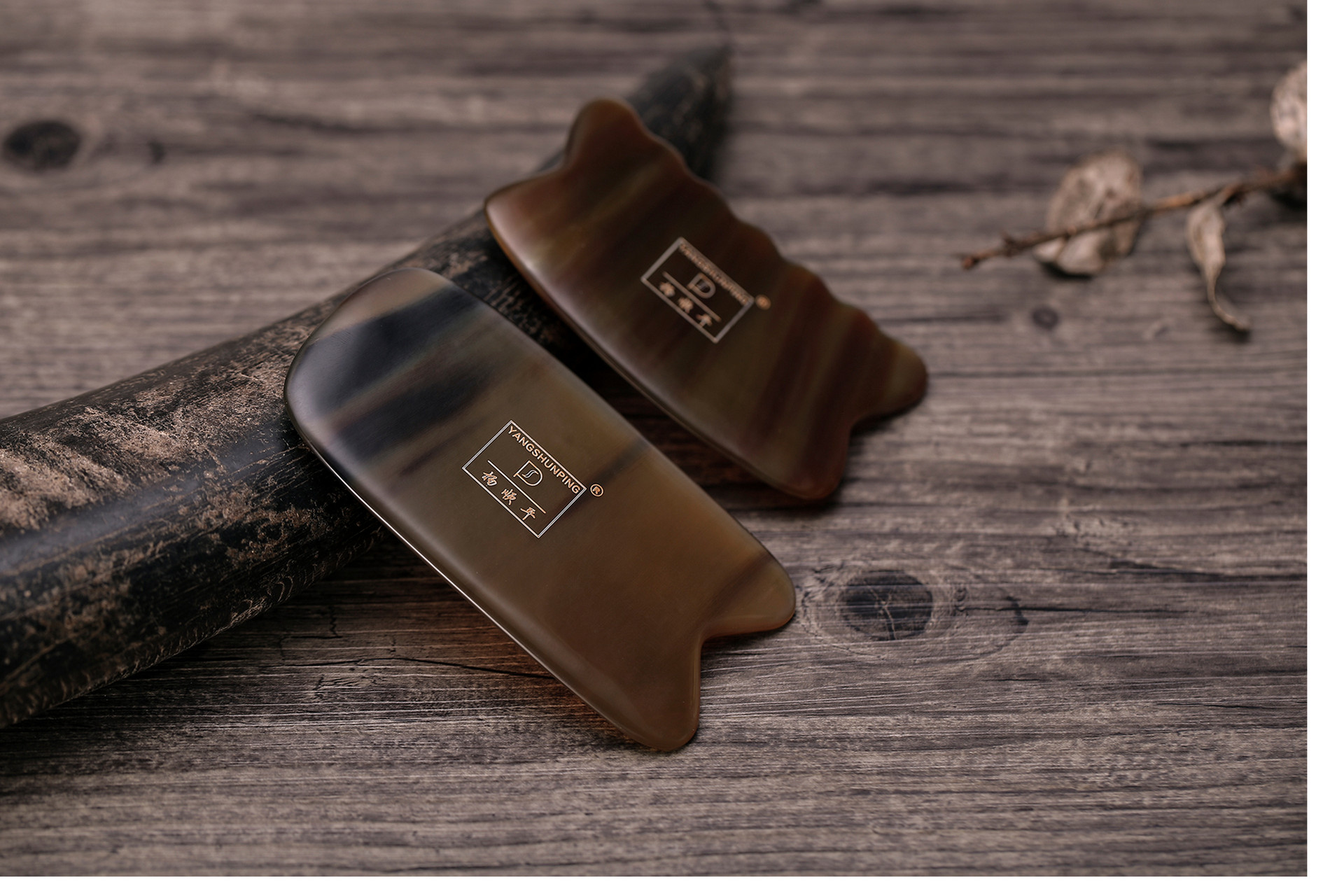Scraping is a popular method of health preservation that many people enjoy. It is a beneficial choice for both the body and mind. However, getting scraped regularly can be expensive in the long run. Therefore, it is a good idea to learn the correct scraping technique and help your family members scrape at home. How do you do it? Let me explain it to you.
How to scrape correctly
1. The patient should be in a comfortable position, with the treatment area fully exposed and cleaned with warm water.
2. Dip a smooth-edged spoon (or a teaspoon, copper coin, etc.) in sesame oil (can also use rapeseed oil, peanut oil, soybean oil, or water) and scrape the desired area in one direction.
3. The scraping should generally be done from top to bottom or from the middle of the body to the sides. It can also be done from the inside to the outside each time, but never back and forth. Each area should be scraped about 20 times, and the scraping should stop when the skin shows deep red stripes.
4. The scraping is usually done on the patient's back or on both sides of the neck. Depending on the condition, it can also be done on both sides of the front of the neck, chest, both sides of the spine, both sides of the elbow bend, or the inner side of the knee bend. The scraping area can be chosen according to the specific condition.
5. Each area can have 2-4 or 4-8 "blood marks" after scraping. The shape of the "blood marks" can be straight or curved depending on the area.
6. A smaller scraping tool can be used to scrape at acupoints. Commonly used acupoints include Zusanli, Tian Tu, Qu Chi, and some back acupoints. Scraping at acupoints not only has the therapeutic effect of scraping itself but also helps to unblock meridians and promote blood circulation.
How to use a scraping board
1. Angle
The angle refers to the angle formed between the scraping board and the skin. When the scraping board is perpendicular to the skin, it stimulates the skin strongly and is more likely to cause sha (the red marks). It also tends to be more painful. When the angle between the scraping board and the skin is less than 90 degrees, it is not as easy to cause sha as when scraping vertically, and it is not as painful as vertical scraping. Generally, a 60-degree angle is recommended.
2. Speed
The speed refers to the speed of scraping the skin. The faster the scraping, the shallower the scraping board cuts into the skin and the slower the appearance of sha. Conversely, the slower the scraping, the higher the sensitivity, and the quicker the appearance of sha. When using a scraping board, the key is to control the force and speed of the technique.
3. Force
The force refers to the strength used with the scraping board. The greater the force, the easier it is to produce sha and the higher the patient's sensitivity. When the force is lighter, the scraping board cuts into the skin shallowerly, making it less likely to produce sha, and the patient's sensitivity is lower. Excessive force may cause local skin breakage, while insufficient force may not achieve the desired therapeutic effect. Therefore, the force should be "heavy but not rigid, light but not floating".








